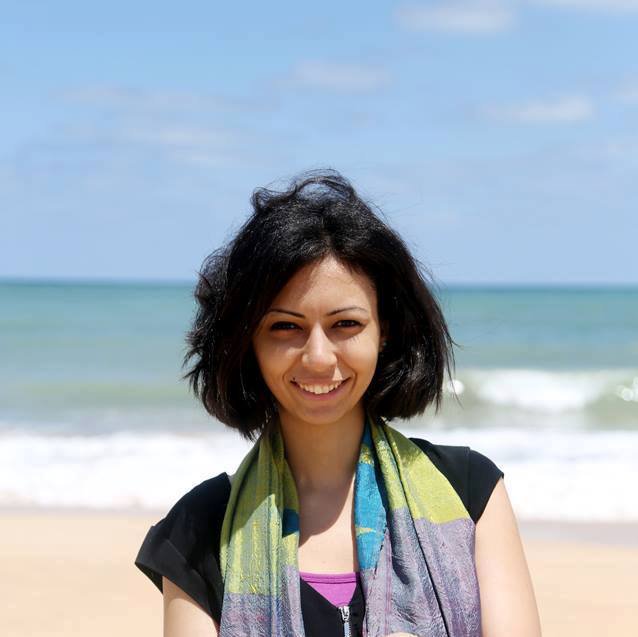Sarah Bahgat

In the 1960s the French philosopher and historian Michel Foucault introduced the notion of the examining gaze. He argued that the meticulous observation of details and political awareness of small things could potentially help us see the “truth”.
Thanks to the generous support of Alserkal programming, I was extremely privileged to visit Singapore for the first time to attend CiMAM 2017 annual conference. I can definitely confirm that my short journey was full of examining gazes, endless observations and stimulating discourses.
Three vibrant conference days, held at National Gallery Singapore, helped me learn/unlearn Southeast Asia, from the best structures in the fields of artistic and archival practices. The conference consisted of keynote speeches, networking dinners, museums visits, and numerous exchanges of conversations/jet lags.
A distinguished group of speakers – artists, professors, curators and directors - addressed a wide range of topics pertaining to theoretical and practical institutional cases. Censorship was a key trigger for a series of debates that pushed us, as conference delegates, to delve deeper into the evolving relation between public interest and private resources in the field of museums and civil society. It was extremely inspiring to listen to the artist Tiffany Chung (Vietnam/USA), evoking how specific projects might attract “unwanted attention”
As the Adjunct Curator at Townhouse Gallery (Cairo, Egypt), over the past few years I had to negotiate with not only increasingly conservative and nationalistic tendencies but legal restraints being put in place to reinforce these attitudes. With so many Egyptian artists and intellectuals moving into exile, the accountability of Townhouse Gallery to the public to remain open and committed to freedom of expression is increasingly more relevant.
Furthermore, engaging in conversations with local artists Jennifer Teo and Woon Tien Wei (Post- Museum, Singapore) and learning about their interventions to respond to their communities couldn’t be more applicable to some of the hard questions we are facing today in Egypt, during a time of major change.
On the third day of the conference, the notion of “right to the city” was vividly illustrated within the Tiong Bahru art and heritage tour, with its striking Art Deco pre-war architecture, one of the oldest and first public housing projects in Singapore. The tour featured the visit of BooksActually, an independent bookstore housing the largest collection of Singapore literary publications and the official bookstore for Singapore Writers Festival (which coincided with the conference). Grey Projects was the final stop of the tour which couldn’t conclude any better. An exhibition space, library and artist studio, Grey Projects provides an open platform for research, multiple encounters and publications.
Among the other inspiring visits which enabled us to gain larger insights into Singapore’s arts scene, was the NTU Center for Contemporary Art dedicated to research programs, international exhibitions and artist residencies; Singapore Art Museum (SAM) which was the main organizer of the Singapore Biennale in 2013 and 2016; and DECK independent art space - housed within 20 modified shipping containers –which supports photographers through its research based projects and specialized photobook library.
CIMAM 2017 annual conference was stimulating and thought-provoking on a personal and professional level, to say the least. It provided me with fresh reflections on my work practices at Townhouse Gallery. Also, getting to be around 280 delegates from more than 50 countries taught me a lot about how we are all surviving and tackling different issues in our distinctive socio-political and economic situations.